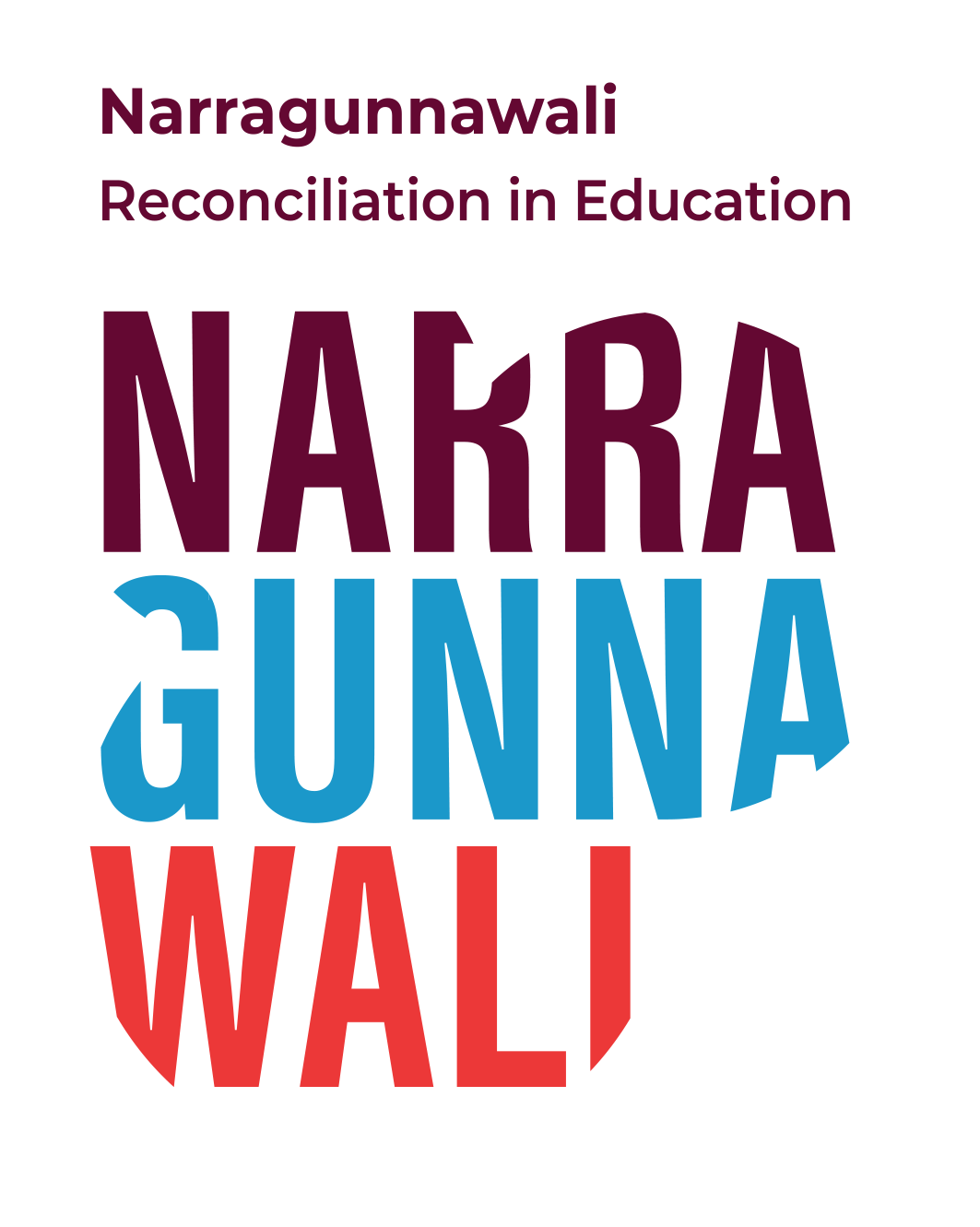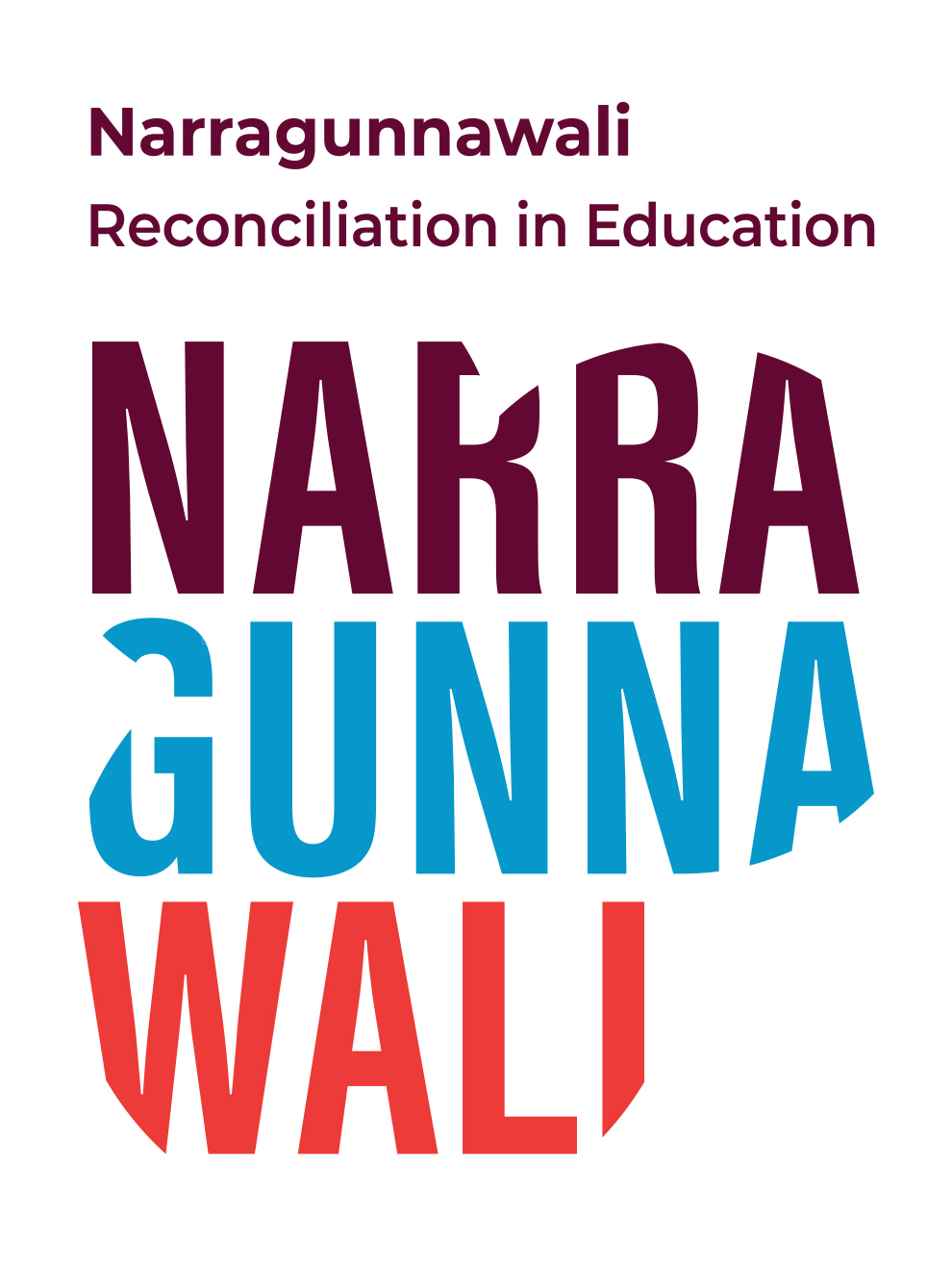Strong examples of reconciliation in education address all five integral and interrelated dimensions of reconciliation.
They recognise:
1. the distinctions between Aboriginal and Torres Strait Islander education and reconciliation in education, and the relationship between the two.
2. that reconciliation and Aboriginal and Torres Strait Islander content and perspectives should be in all areas of study, not just Aboriginal and Torres Strait Islander Studies.
3. the importance of both individual and shared responsibility for, and accountability to, reconciliation commitments, as well as balancing expectations of Aboriginal and Torres Strait Islander staff and community members. Reconciliation is everyone's business, and for everyone's benefit, and should not rest solely on the shoulders of Aboriginal and Torres Strait Islander people.
4. reconciliation should be driven on a ‘whole-scale’ basis, in the classroom, around the school, and with the community.
5. reconciliation is not just important in students’ learning. It’s important in continued professional learning, and for non-Indigenous staff, this can also involve a process of un-learning and re-learning.
6. the importance of strengths-based approaches, and the importance of upholding Aboriginal and Torres Strait Islander rights to self-determination in education.
7. reconciliation actions should be embedded into daily practice, not just special events. Reconciliation initiatives should be a key part of wider internal strategies and policies.
8. Aboriginal and Torres Strait Islander identities, histories, cultures and perspectives are diverse, within and across communities.
9. that reconciliation in Australia is about more than celebrating multiculturalism, diversity and inclusion. The histories, cultures and contributions of Aboriginal and Torres Strait Islander Peoples should be recognised and respected as a unique part of our shared national story and identity.
10. the need to commit to building ‘transformational’ rather than ‘transactional’ relationships with the local Aboriginal and Torres Strait Islander community. Taking time and making time for deep conversations, consultations and collaborations with local community members is key.
How we talk about reconciliation can be just as important as how we ‘walk’ together in reconciliation. We must pay attention to respectful and inclusive language and terminology.

